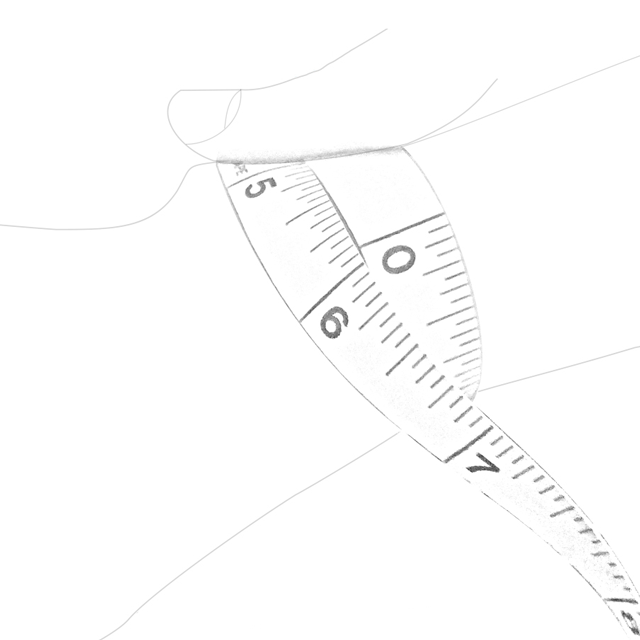Peg’s Posts: Training indoors with Forerunner 405
Though both engineers agreed that it would require lots of mechanical expertise and a little luck to make it work, they have learned of a customer who managed to set up the sensor on a recumbent bike for a similar application. However, the engineer contended that such a setup would require some electrical expertise and willingness to risk destroying a GSC 10 speed/cadence sensor. From the engineer: “The user should be able to get either speed or cadence if they can get the magnet and sensor attached. If the spinning bike has its own speed output, it should be easy to match the speed generated by the GSC 10. The user would need to attach the sensor and magnet so that the speed arm is triggered, and set their wheel size to custom. The default size should be 2096. Comparing the speed on the 405 to the speed reported by the machine, the correct wheel size would be (current custom size) * (spinner speed) / (405 speed). This should allow the 405 to accurately record distance as reported by the machine; however, I do not think it is possible for our calorie formula to be useful in this situation. Since our only input would be speed, the same speed would report the same calories even at different resistances. I would not expect the calories produced by this method to be accurate even as a relative comparison between workouts. If the user is primarily interested in calories, this is not going to be a good solution. If they are interested in logging their cadence and/or distance for a training log, and they think they can get the sensor and magnet attached, the GSC10 would work.”
More feedback from another engineer on the team: “If the user can mount the speed/cadence sensor to the spinning bike so that the crank and wheel magnets align with the sensor, it will give him speed and cadence. The cadence should be accurate, although I am not sure about the speed because the wheel circumference may not represent what the spinning bike actually uses when it calculates speed. In other words, the spinning bike may assume the wheel circumference of a standard road bike when calculating speed, but the actual wheel on the spinning bike is probably much smaller. Looking at one spin bike manufacturer’s web page, I see that the wheel on their spinning bike is much smaller than a standard road bike wheel, so the speed and cadence sensor would have to account for this to give accurate speed.
So there you have it. Facts and figures straight from the smart folks who design our products. If you have feedback on using your Forerunner 405 for indoor training on the treadmill or a spin bike, reply in the comments below.
The post Peg’s Posts: Training indoors with Forerunner 405 appeared first on Garmin Blog.
Sample Block Quote
Praesent vestibulum congue tellus at fringilla. Curabitur vitae semper sem, eu convallis est. Cras felis nunc commodo loremous convallis vitae interdum non nisl. Maecenas ac est sit amet augue pharetra convallis nec danos.
Sample Paragraph Text
Praesent vestibulum congue tellus at fringilla. Curabitur vitae semper sem, eu convallis est. Cras felis nunc commodo eu convallis vitae interdum non nisl. Maecenas ac est sit amet augue pharetra convallis nec danos dui.
Cras suscipit quam et turpis eleifend vitae malesuada magna congue. Damus id ullamcorper neque. Sed vitae mi a mi pretium aliquet ac sed elitos. Pellentesque nulla eros accumsan quis justo at tincidunt lobortis denimes loremous. Suspendisse vestibulum lectus in lectus volutpat, ut dapibus purus pulvinar. Vestibulum sit amet auctor ipsum.

